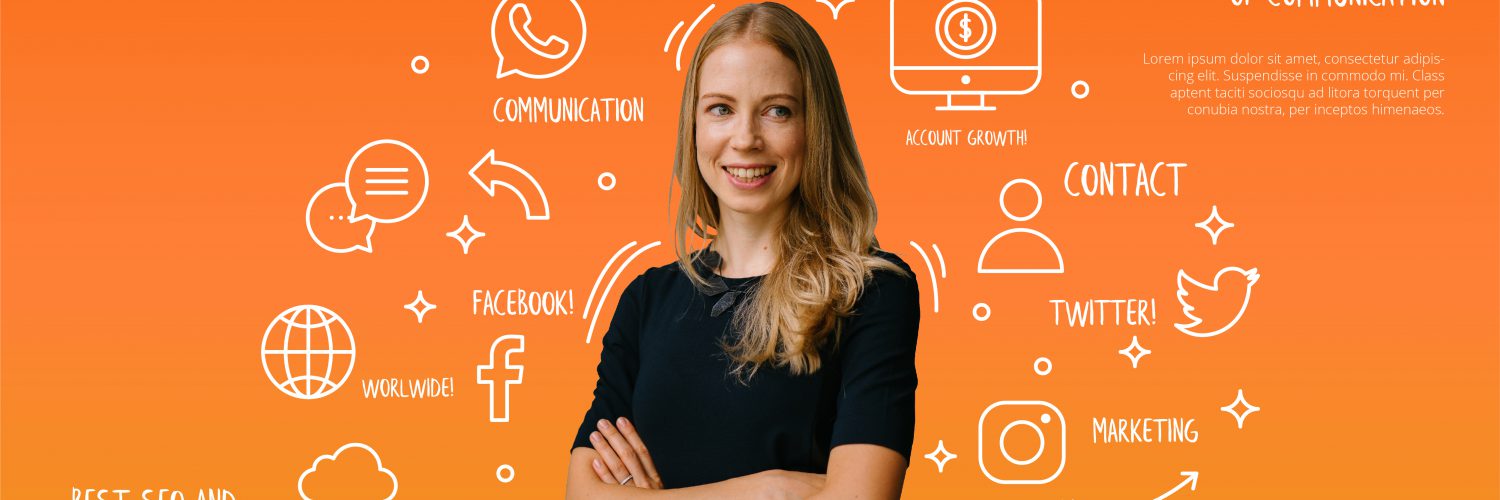Digital health
Digital and telehealth has blunted at least some of the anticipated treatment interruption associated with COVID-19.
When visits to physician offices fell sharply in the spring due to the pandemic, the spike in cancellations and no-shows was expected to translate into fewer new-therapy starts and prescription refills. That spurred the belief that medication adherence would also suffer.
Thanks to digital health, not all of those fears have come to pass. “Overall, we have seen a decrease in new prescriptions being written, largely because patients are concerned about going to the doctor and getting a new script,” said Yadin Shemmer, CEO of Mango Health, a digital medication-management firm. “But we have seen an increase in medication adherence, especially for chronic maintenance medications.”
Digital health companies work to achieve certain endpoints in various medical conditions. They typically stop short, however, of pursuing FDA clearance or in making medical claims toward clinical goals, as do firms in the digital therapeutics area.
With the healthcare system focused so heavily on coronavirus, patients with less acute illnesses have, to a certain extent, taken a back seat. For them, things that were simple pre-COVID, like scheduling doctor visits and ensuring an adequate supply of medication, suddenly became areas of “greatest concern,” according to a survey of patient influencers across more than 80 health conditions conducted by the Digital Health Coalition (DHC) and Wego Health in April.
As consumers have sought more digital assistance to overcome gaps in treatment and contact with their HCP, digital health companies that assist patients with their prescriptions – often on behalf of pharmaceutical clients – have stepped in to offer a range of support, from education to reimbursement. They’re able to track outcomes due to their increased visibility into how patients take their medications.
“For many patients, our coaches were the only care-support option they could access for months,” noted Teresa McArthur, VP of clinical at Cecelia Health, a telehealth company which provides a mix of human coaching and digital tools. In the wake of COVID-19, she said, there was a greater need to facilitate such resources as financial options, guidance to obtaining 90-day prescriptions and education.
“Our direct mail and digital communication efforts resulted in a lift in 90-day prescriptions across our programs,” McArthur said. “Additionally, we experienced a 20% lift in coaching connection rates resulting in a 27% uptake in enrollment rates across our pharma programs.”
That stepped-up engagement has had “a strong net positive impact” on medication adherence, she added. “It’s potentially higher than our 29% average lift we typically see over three months of patient support.”
With access to care emerging as a top priority, industry has had to find new ways to support patients with chronic disease. Digital health seems to fill that void, but it’s only the latest attempt to address a problem that has dogged drug makers for many years.
“The industry has tried on multiple occasions to [boost adherence] and continually misses the mark, or it winds down and then gears back up. It’s an ebb and flow,” explained BioPharma Advisors’ Robert Nauman, a consultant who has worked for and on behalf of pharmaceutical companies the last two decades. “I don’t think pharma’s interest in this is necessarily COVID-related.”
Rather, as a new generation of brand managers seeks to tackle what has been pegged as a $300-billion issue, digital health firms “are bringing back this idea that, ‘Hey, we’ve got to engage the patient behaviorally and ensure, as a metric, that they’re adhering to the medications, because the medications are still the best value for the healthcare dollar,” Nauman added.
It’s also about net-present value. That is, it’s usually more cost-effective for pharma to keep a patient on branded therapy than to acquire a new one.
“When you get into very narrow patient populations and specialty medications – medications that can cost north of $50,000 a year – and where in many cases you might have a hundred or 200,000 patients in all of the United States – those patients are needles in a haystack,” said Shemmer. “Those patients are very expensive to acquire. And for those medications, it is often far cheaper to keep the patient on therapy than to find a new patient.”
Meanwhile, digital health firms have been moving upstream in the patient journey, from medication management and outcomes – the middle and last parts of the journey – to the first step, initiation of the prescription. They’ve done so by converging with bigger organizations.
Last September TrialCard, which supplies a broad array of Rx-related “hub” services on behalf of pharma, like affordability and access, bought Mango Health. Also last year, AmerisourceBergen’s hub-services firm Lash Group signed a strategic collaboration with Medisafe, which assists patients in starting new prescriptions and then managing them, offering Lash’s pharma customers an added layer of digital patient support. And this year commercialization giant Eversana inked a deal to integrate the Noom behavior-change app into its existing patient-service programs.
That convergence – and the ability to buy from proven service vendors – has made it easier for pharma to wrap an adherence tool around its brands. “Because of the complexity of the regulations and other factors, pharma likes to shop with people who have had pharma experience,” said Nauman. “They’re not buying innovation services as much as they used to directly from a start-up. You might get one or two pharmas to give it a try, but not 20.”
By linking with these larger organizations, the start-ups are able to scale more quickly because they can engage with more life science partners. “The patient-support space is warming up to where big organizations understand they need to be more involved with technology,” said Omri Shor, CEO of Medisafe.
As an added proof point, he cited Walmart‘s $200 million acquisition last month of the assets and IP of CareZone, a start-up whose mobile app is designed to help patients manage multiple medications and see what’s covered by insurance. Medisafe’s service is approaching seven million registered users. Interventions include discounts and coupons, explanation about conditions and connecting consumers to home medication delivery or to a nurse.
“Today’s specialty medicine service is labor-intensive. The drug comes with patient support, which is typically a nurse or call center,” Shor explained. “But the moment that you add a digital companion to that, you make it contextual and personalized, and pharma clients get direct access to patients and populations.”
The technology allows pharma to solve for specific patient issues, Shor said, bridging a gap that used to be filled via phone support. Pharma, he noted, “got to a point that they can’t reach that many patients over the phone. When was the last time that you picked up the phone from an unidentified number?”
Instead of cold-calling the patient once a month, the goal is to provide ongoing support utilizing a mix of disease-related tools and content, along with humans. Noom’s behavior-therapy program, centered around a popular weight-loss app, utilizes a mix of human coaching and AI.
“We are teaching the patient behavioral change and lifestyle changes that allow them to be healthier at scale,” said Chris Lento, head of healthcare strategic partnerships at Noom. “As part of that, we help educate them on why staying adherent to physician instructions and medication is really important as part of their overall patient care.”
Noom sells direct to consumer via its Healthy Weight app. Additionally, a customized version is given to people who are prescribed Novo Nordisk’s obesity pill Saxenda, fulfilling the “diet and lifestyle change” portion of the Rx. Noom works on a similar basis with four other pharma companies and struck a similar pact with med-tech firm LifeScan in May. As part of the arrangement, people with type 2 diabetes using LifeScan’s blood-glucose monitors can access Noom’s diabetes-management program, integrated through Apple Health Kit.
Noom, Lento said, has seen a continued growth of its consumer Healthy Weight program throughout COVID-19 as a result of patients seeking out more digital assistance. “Pharma is realizing that traditional therapeutics have their place,” he added. “They have great efficacy, they’re safe, they’re regulated. But as digital programs are making advances, this drug-plus-software approach has the ability to improve the patient journey and improve engagement.”
The big question remains whether adherence gains seen in the short term will endure beyond the pandemic. To be sure, not all of these improvements will necessarily translate into lasting improvements.
Allowing early 90-day fills “could increase the appearance of adherence, since you’re going to have overlapping supply,” said Jon Easter, director of the Center for Medication Optimization, which is part of the pharmacy school at the University of North Carolina, Chapel Hill. This might not, however, have a positive impact on true adherence,
There could also be socioeconomic and racial discrepancies in these adherence changes. “I would imagine that COVID impacts adherence less in wealthy and better-connected neighborhoods compared to poorer and less-connected neighborhoods,” Easter noted. He added that there’s a possibility that people are overcompensating for an external health threat by maximizing their health through any means possible, including adherence.
Nevertheless, it’s a good bet that, given how coronavirus has shifted virtual care from a nice-to-have to a necessity, these services may continue to make strides. A halo effect could come from the greater overall acceptance of telemedicine. In the spring, as public-health authorities advised patients to see their doctor remotely to confirm suspected cases of COVID-19, health systems scaled their telemedicine capabilities and health plans eased reimbursement for virtual visits.
In the wake of telemedicine’s surge during the pandemic, digital and telehealth companies are enjoying a greater acceptance level among many of healthcare’s stakeholders. These firms have seen an upswing in engagement – not only from the public but also from pharma.
Even telemedicine sessions can fall short. “Often, you get a different physician every time you have a telemedicine session,” said Shemmer. “So there’s a knowledge gap for patients around their medications.”
COVID, he added, has had an impact in terms of patients getting their meds, not to mention affording and understanding them. Putting a digital solution in the palm of a patient’s hand, one that helps with all those three things, may contribute to better outcomes. And medication adherence – that cyclical fascination for pharma, and a permanent brand goal – will continue to be a byproduct, but an important one.
The post Pharma leans on digital health to maintain adherence during pandemic appeared first on MM&M – Medical Marketing and Media.










